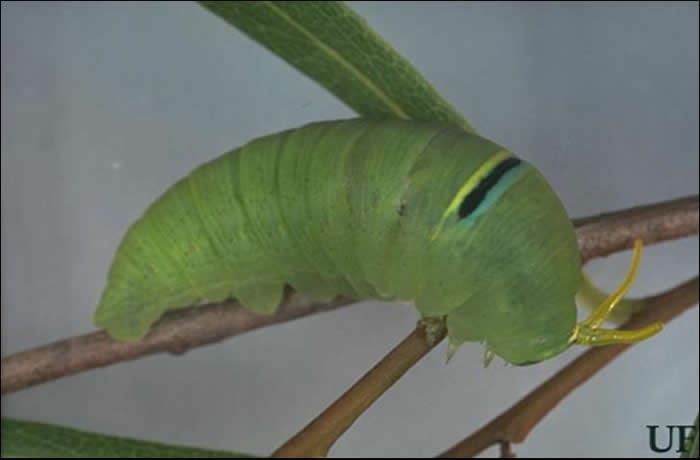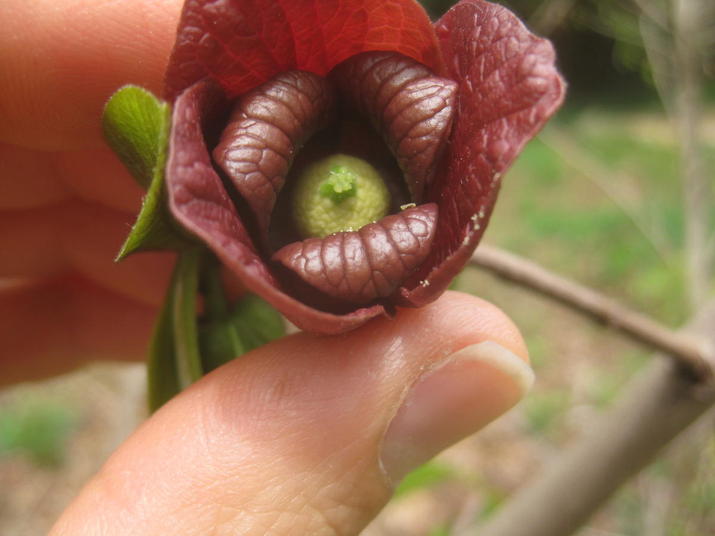

When pawpaws are too ripe, they turn black and taste similar to caramel or butterscotch. As it ripens, the outside turned yellow, and pulp becomes custardy. Picking pawpaws off the tree will lead to a bitter aftertaste in the fruit, so it’s best to wait until they fall from the tree. Photograph courtesy of Bur Oak Land Trust. To produce fruit, two pawpaw trees have to grow near each other, and they rely on beetles to pollinate them, instead of bees or butterflies.

This year, people can buy eight pawpaw seeds for $10 and plant them in their backyards. It needs to be fairly wet, and so we want to have them by a creek,” Taylor.ĭespite that, pawpaw trees grow well in urban areas, and there are several full-grown pawpaws in Iowa City. “They don’t grow just in the middle of a field, for instance.

The program has already attracted some zebra swallowtails, Taylor said, and last year marked the first sighting of the zebra swallowtail butterfly in Iowa City. People can volunteer to help plant those 600 pawpaw seedlings at the Turkey Creek Nature Preserve on March 19 and 20. In 2021, the program had 75 fosters who raised 800 pawpaw plants 600 of which survived. It takes approximately a year before pawpaws are ready to spread their roots. “The pawpaws as well as this native butterfly should be on our properties because they used to be here.” “We were, you know, trying to think of ways to improve the biodiversity of the properties that Bur Oak Land Trust owns and manages,” Taylor said. Bur Oak will overwinter the seedlings while they’re dormant, and plant them in the spring. Starting March 12, people can foster a crate of nine potted pawpaw seeds for $30, and care for until the fall. As the pawpaw trees vanished behind cornfields, so too did species that depended on them, like the zebra swallowtail butterfly, whose caterpillars feed on the pawpaw leaves.īur Oak is holding its second annual Foster a Pawpaw project to bring back the pawpaws and butterflies. This species is native to parts of North America.Pawpaws aren’t popular in grocery stores, since they have a short shelf life of two to three days at room temperature, or three weeks when refrigerated. It is somewhat tolerant of urban pollution. It is not particular as to soil type, but has a definite preference for acidic soils. It does best in average to evenly moist conditions, but will not tolerate standing water.

#Pawpaw zebra swallowtail full#
It does best in full sun to partial shade. This tree can be integrated into a landscape or flower garden by creative gardeners, but is usually grown in a designated edibles garden. It grows at a fast rate, and under ideal conditions can be expected to live for 40 years or more. It has a low canopy with a typical clearance of 3 feet from the ground, and is suitable for planting under power lines. Gardeners should be aware of the following characteristic(s) that may warrant special consideration Īside from its primary use as an edible, Common Paw Paw is sutiable for the following landscape applications Ĭommon Paw Paw will grow to be about 20 feet tall at maturity, with a spread of 15 feet. This is a high maintenance plant that will require regular care and upkeep, and is best pruned in late winter once the threat of extreme cold has passed. Its relatively coarse texture can be used to stand it apart from other landscape plants with finer foliage. This is a multi-stemmed deciduous tree with a distinctive and refined pyramidal form. The fruit can be messy if allowed to drop on the lawn or walkways, and may require occasional clean-up. It features an abundance of magnificent green berries from mid to late summer. The large oval leaves turn an outstanding lemon yellow in the fall. The fruit are most often used in the following ways:Ĭommon Paw Paw features unusual lightly-scented nodding purple flowers from mid to late spring. The fruits have a sweet taste with a mushy texture and a pleasant fragrance. It produces large green oblong fruit with creamy white flesh which are usually ready for picking from mid to late summer. Small spreading tree with delicious edible fruit, similar in taste to a banana/pear with a custard consistency fruit is sweet, rich, high in vitamins, however flowers can have a disagreeable fetid odor tree is a host for the zebra swallowtail butterflyĬommon Paw Paw is a small tree that is commonly grown for its edible qualities, although it does have ornamental merits as well. Other Names: Pawpaw Apple, False-Banana, Poor Man's Banana


 0 kommentar(er)
0 kommentar(er)
